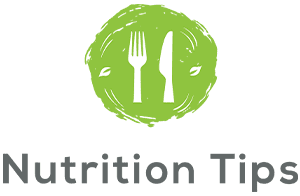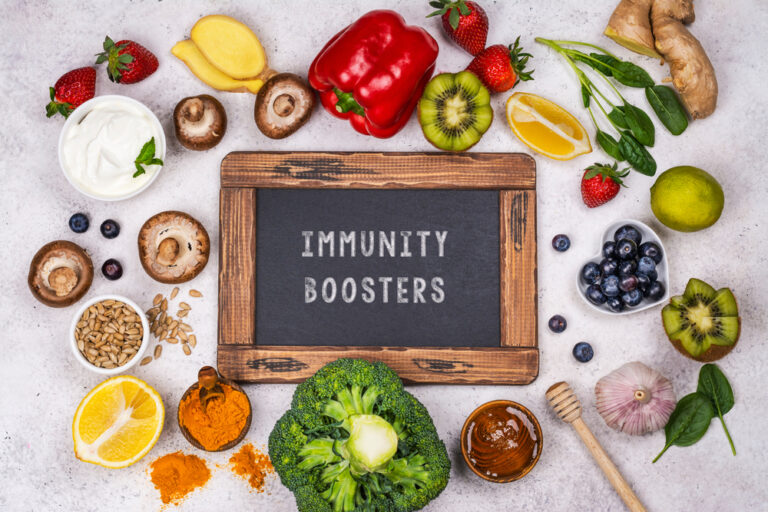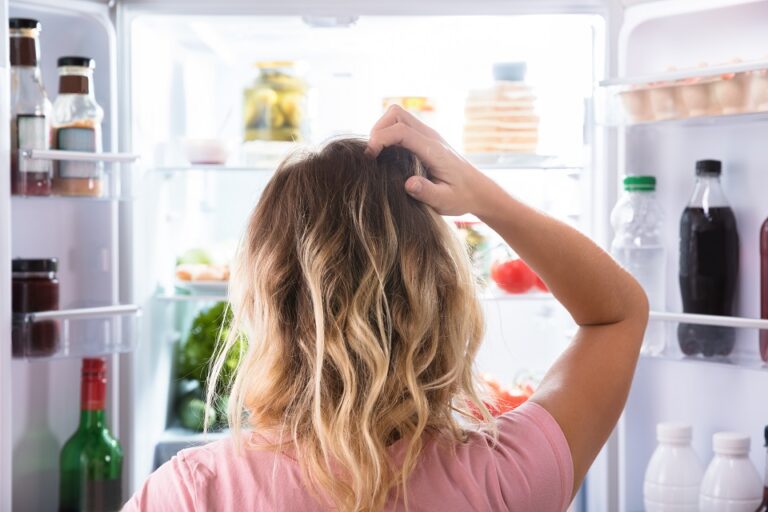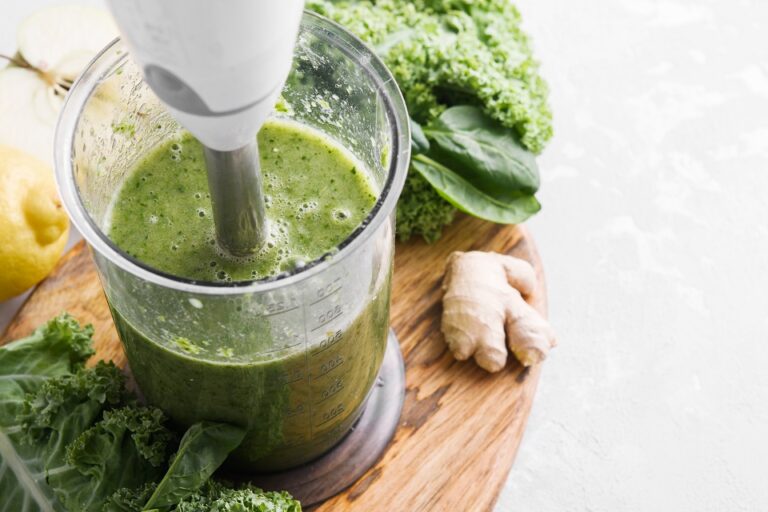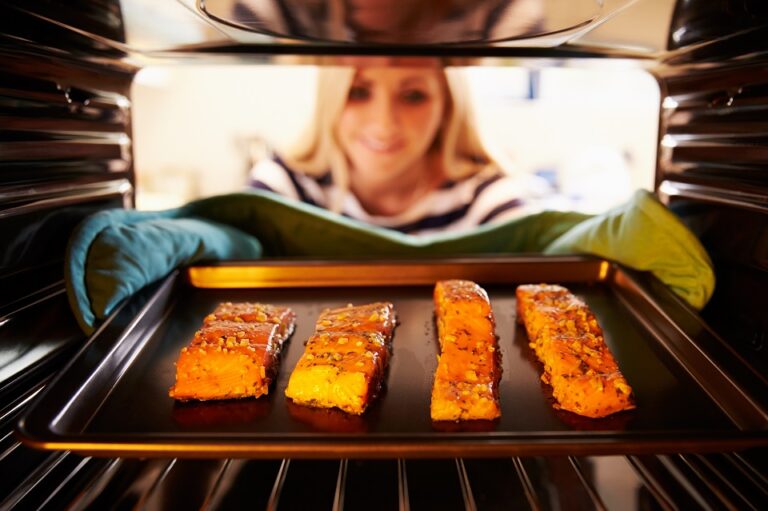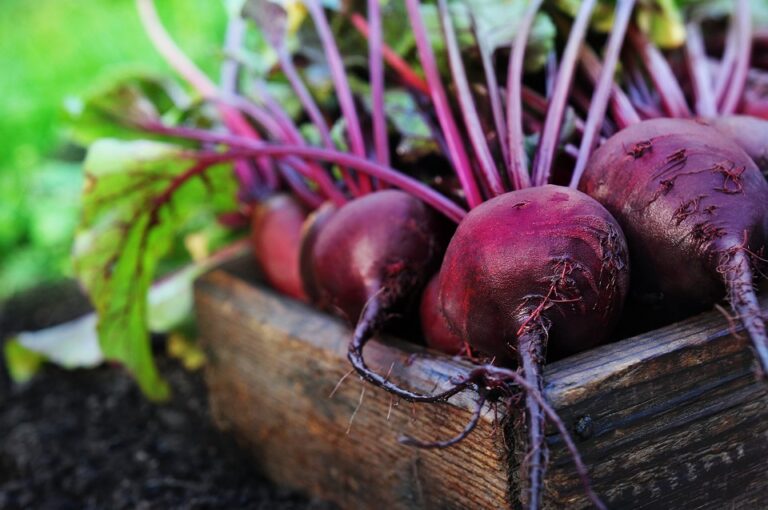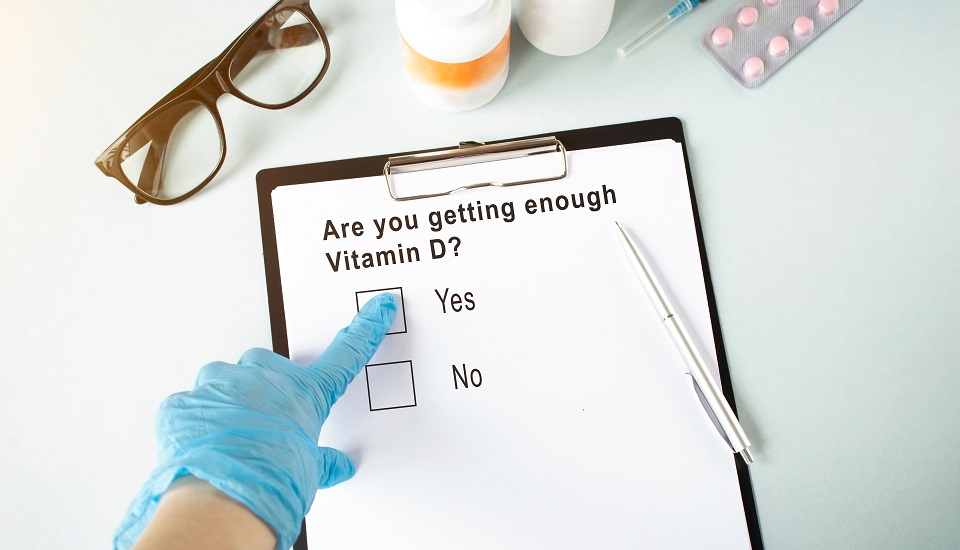
Muscle weakness is also a pretty common symptom of a vitamin D deficiency. Unfortunately, the coronavirus pandemic has forced most of us to remain indoors, leading to an even greater number of people with vitamin D deficiency. And yes, sunlight exposure is the best way to recharge your vitamin D batteries, but there’s also food and supplements.
However, talk to your doctor before making any decisions. Too much vitamin D can lead to hypercalcemia which is basically the formation of large amounts of calcium in the body. Taking way too many vitamin D supplements can also result in nausea, confusion, headaches, vomiting, loss of appetite, weakness, and increased urination.
In severe cases, it can cause kidney stones, irregular heartbeat, and even kidney failure. So how much is too much? The recommended daily allowance of this vitamin is 600 international units (IU) for most adults.
Foods High in Vitamin D
- Salmon (3 ounces: 425 IU)
- Mackerel (3 ounces: 547 IU)
- Beef liver (3 ounces: 42 IU)
- Egg yolks (1 egg: 41 IU)
- Tuna (3 ounces: 154 IU)
- Sardines (3 ounces: 270 IU)
- Shiitake mushrooms (1 cup: 40 IU)
- Milk (8 ounces: 100 IU)
- Yogurt (6 ounces: 80–100 IU)
- Almond milk (8 ounces: 100 IU)
- Orange juice (1 cup: 137 IU)
- Fortified tofu (3 ounces: 80 IU)
Make sure the foods mentioned above are part of your diet!

